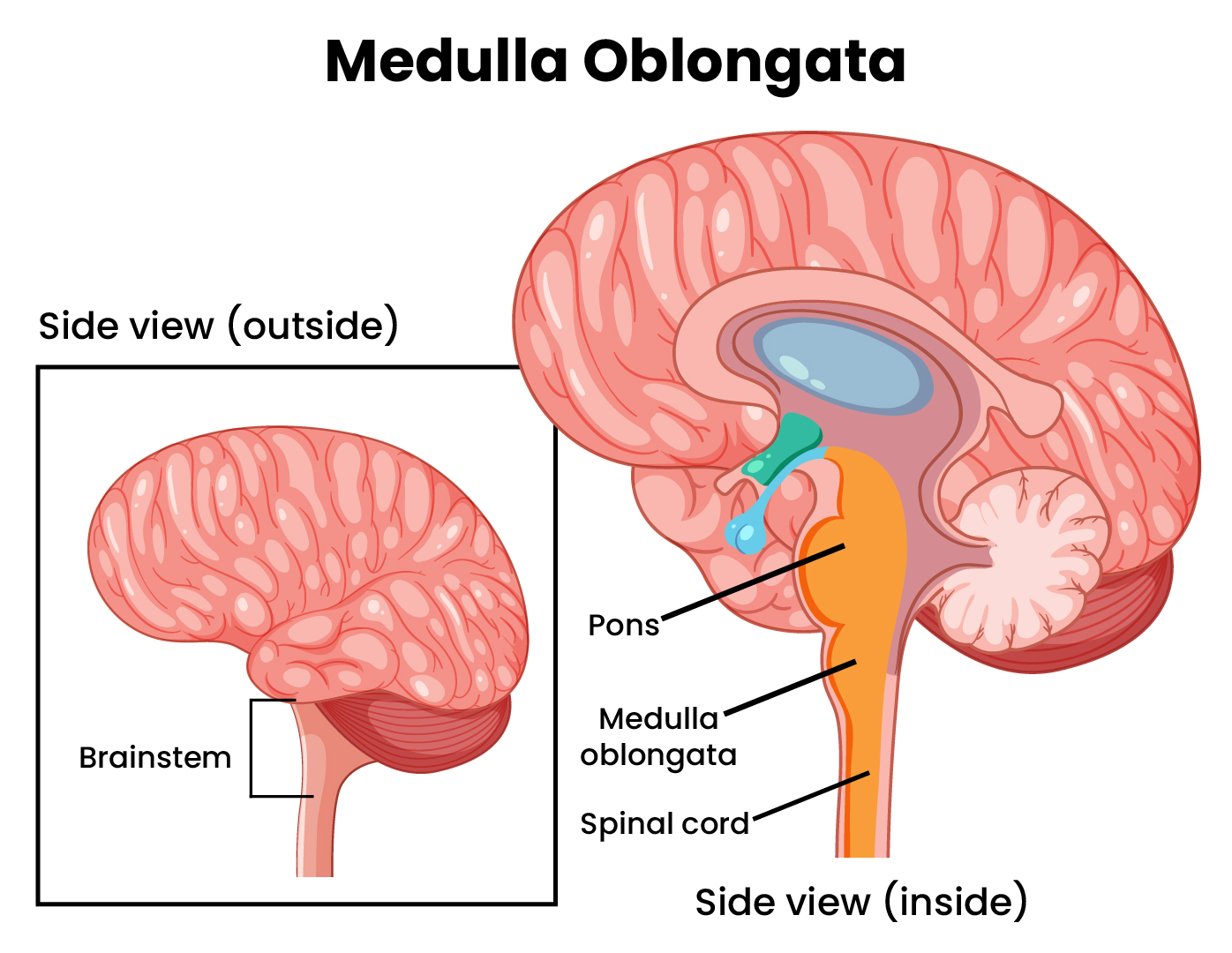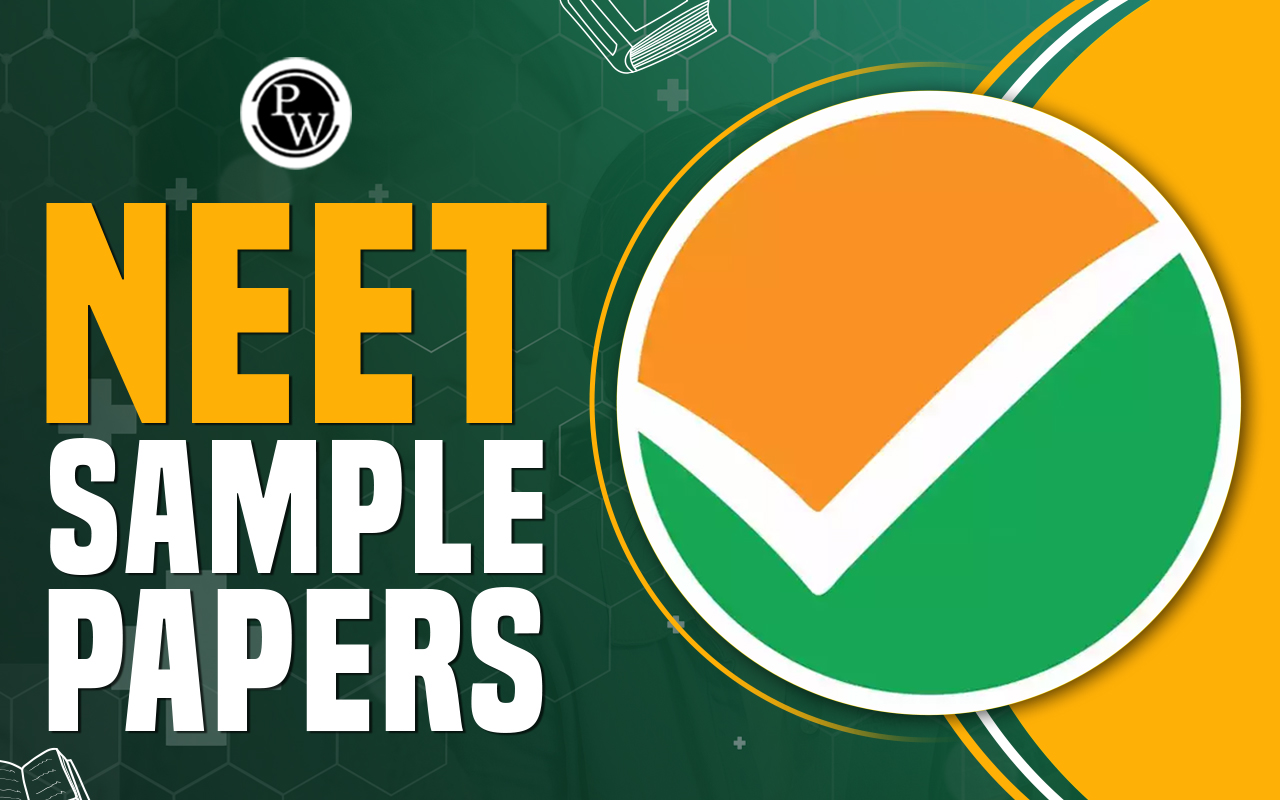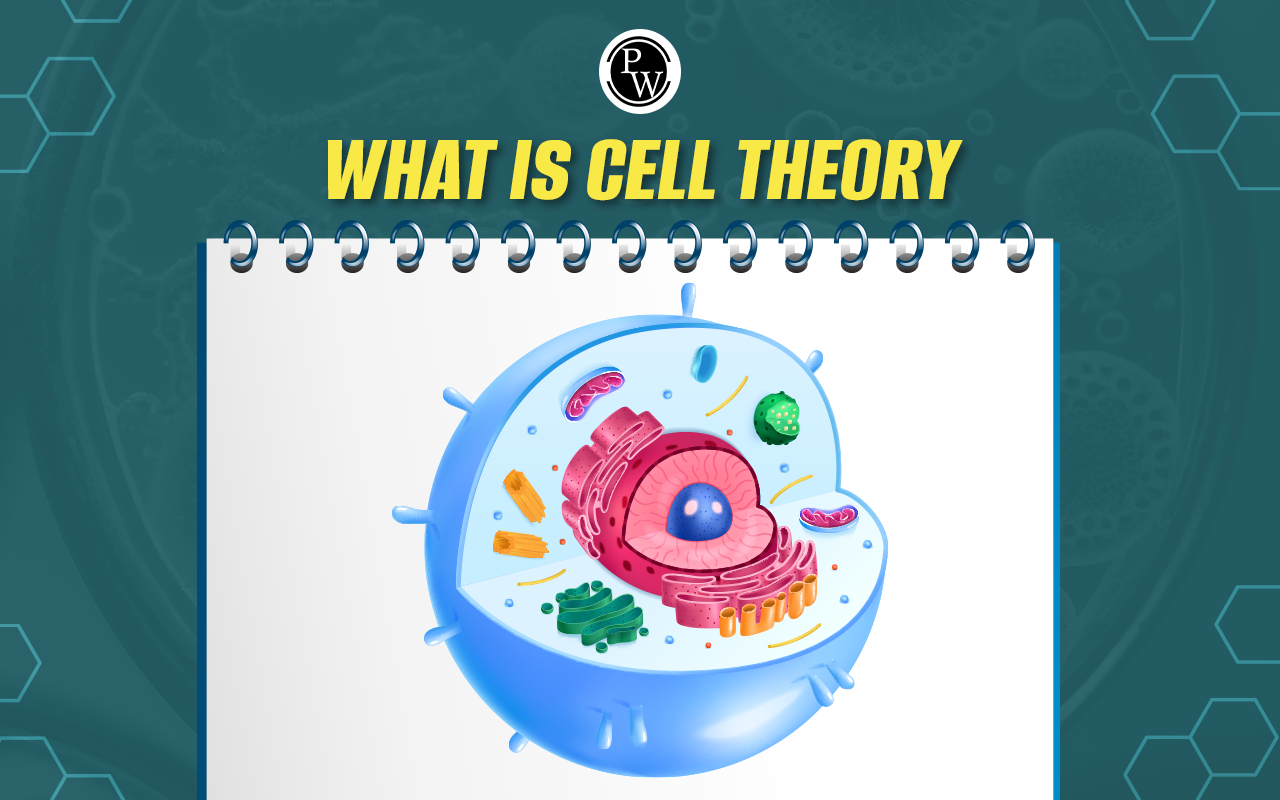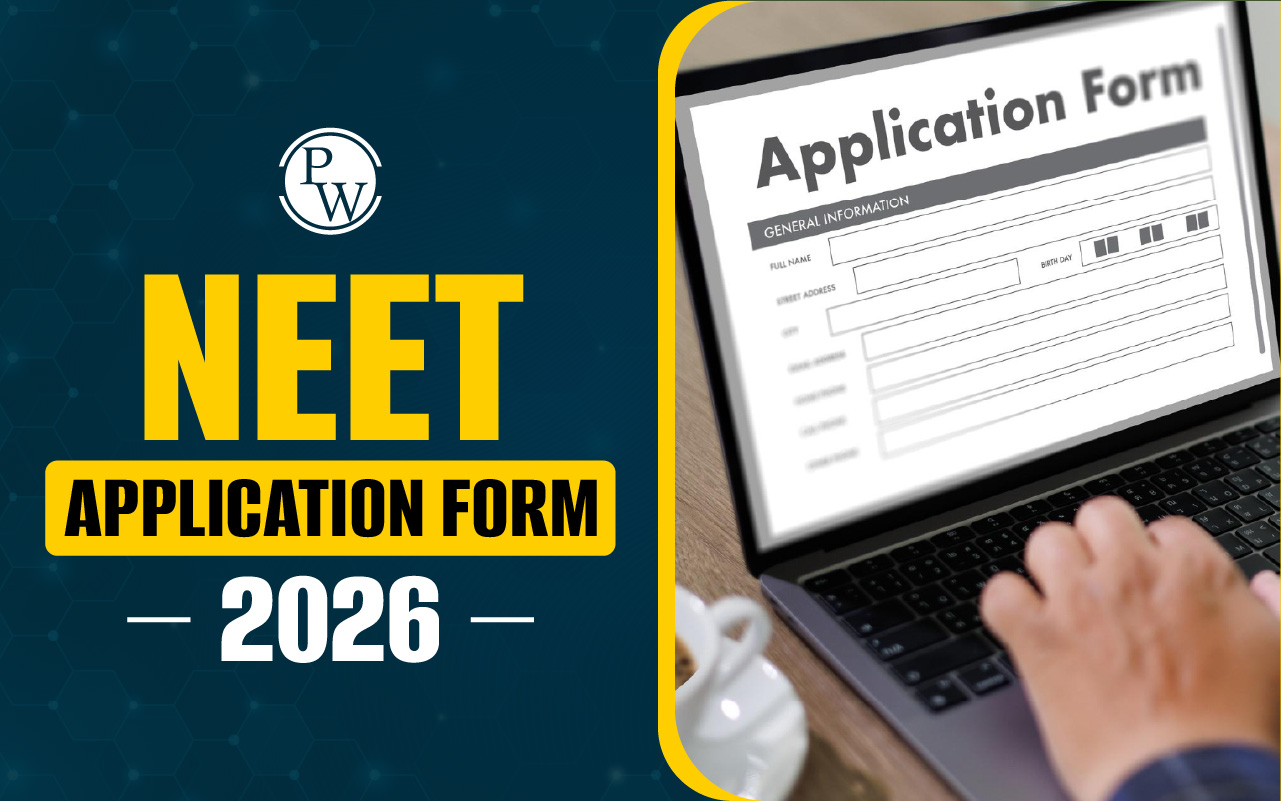
Medulla Oblongata: The medulla oblongata, commonly known as the medulla, is situated at the base of the brainstem. It assumes a cone-like shape and is essential in regulating essential bodily functions. It acts as a bridge between the brain and spinal cord and serves as a central hub for relaying messages. It is positioned at the lower end of the brainstem. It lies within the posterior cranial fossa, beneath a structure called the tentorium cerebelli. The upper part of the medulla merges with a region known as the pons, forming what is called the pontomedullary junction. Its lower part extends into the spinal cord, slightly above where the first pair of cervical spinal nerves originate.
The medulla serves as a pathway for numerous nerve tracts, facilitating the transmission of information between the brain and the spinal cord. Within its confines, it hosts vital centres responsible for regulating bodily functions essential for survival, such as heart rate, blood pressure, and breathing. This article will detail NEET Biology Notes , detailing the structure and function of the medulla oblongata.Medulla Oblongata Diagram
The Medulla Oblongata Diagram is as follows:
Medulla Oblongata Location
The medulla oblongata is a important part of the brainstem, found at the bottom of your brain where it connects to the spinal cord. It's shaped like a cone and is really important for lots of essential body functions.- In the Brainstem: The medulla oblongata is a key player in the brainstem, which helps messages travel between your brain and spinal cord, controlling lots of things your body does.
- Base of the Brain: It's positioned right above the large opening at the base of your skull, called the foramen magnum, making it the lowest part of the brainstem.
- Below Other Brain Parts: Sitting below the medulla oblongata are the pons and midbrain, two other important brainstem components.
- In Front of the Cerebellum : Unlike the cerebellum, which is at the back of your brain and helps with movement and coordination, the medulla oblongata is in front of it.
Medulla Oblongata Anatomy
The medulla oblongata is a vital part of the brainstem that connects the spinal cord and the pons. It runs from the foramen magnum down to the level of the atlas, nestled between the cerebral hemispheres at the top of the foramen magnum. This area extends from where the pons and medulla meet (ponto-medullary junction) to about half a centimetre below the foramen magnum. Inside, a central canal goes into its lower half and opens into the four ventricles in its upper half. The medulla is surrounded by cerebrospinal fluid, both inside the central canal and outside in the subarachnoid space. It sits between the two lobes of the cerebellum, specifically in the anterior cerebellar notch. The medulla can be divided into two main parts:- Ventral medulla : The front part.
- Dorsal medulla: The back part, also called the tegmentum.
- Median fissures: These shallow grooves are found along the medulla's front and back.
- Pyramids: These are noticeable structures on the front side of the upper medulla, containing specific nerve fibres. When these fibres cross over, they cover the groove at the front, known as the decussation of the pyramids. Other fibres start from the grooves above this crossing and run sideways across the surface of the pons.
- Olivary bodies: Oval structures located in the upper part of the medulla, between two specific grooves. These contain nerve fibres that connect different parts of the brain. The swelling is due to a cluster of nerve cells called the inferior olivary nucleus.
- Fasciculus gracilis: Bundles of nerve fibres entering the posterior part of the medulla, between two specific grooves. These fibres run between the middle and the edge of the medulla and are a continuation of fibres from the spinal cord.
Parts of Medulla Oblongata
The medulla, situated between the spinal cord and the pons, exhibits distinctive features on its ventral and dorsal surfaces.- Anterior Median Fissure: The midline of the ventral surface is marked by this fissure.
- Medullary Pyramid: Vertical protuberances on either side of the anterior median fissure, formed by corticospinal tract fibres.
- Medial Fissure: Lies beneath the base of the pyramids and is intersected by fascicles of the corticospinal tract, laying the foundation for the pyramidal decussation.
- Sulci: Each section of the ventral surface contains two sulci posterolateral and anterolateral.
- Olive: An oval structure positioned between the sulci, located posterior and lateral to each pyramid.
- Dorsal Medial Sulcus: A prominent fissure along the midline of the dorsal surface, continuous with its spinal counterpart.
- Vertical Prominences:
- Gracile Fasciculus: Parallel to the dorsal medial sulcus, formed by fibres ascending from the spinal cord, houses the gracile nucleus in its cranial part, forming the gracile tubercle.
- Cuneate Fasciculus: Adjacent to the gracile fasciculus, forms the cuneate tubercle.
- Trigeminal Tubercle: Lateral to each cuneate nucleus, formed by the spinal nucleus of the trigeminal nerve.
- Lateral Funiculus: Positioned caudal to the trigeminal tubercle, in direct continuation with the lateral funiculus of the spinal cord.
Sexual Reproduction in Flowering Plants
Medulla Oblongata Functions
The medulla oblongata constitutes a essential component of the brainstem, overseeing numerous essential functions, which include:- Respiratory Regulation: Within the medulla oblongata reside clusters of neurons responsible for orchestrating the rhythm and pace of breathing. It receives feedback from bodily cues concerning the levels of carbon dioxide and oxygen in the bloodstream, utilising this information to modulate breathing patterns accordingly.
- Regulation of Heart Rate: Additionally, the medulla oblongata contributes to the regulation of heart rate. It interprets signals from the body concerning blood pressure and circulation, subsequently adjusting heart rate as necessary.
- Control of Blood Pressure: Another pivotal role of the medulla oblongata involves the regulation of blood pressure by managing the constriction and dilation of blood vessels. It interprets feedback regarding blood pressure and circulation, subsequently modulating blood vessel diameter as required.
- Reflex Actions (e.g., Coughing, Sneezing, Swallowing): The medulla oblongata governs many reflex actions, including coughing, sneezing, swallowing, and vomiting. These reflexes serve to safeguard the body against harmful substances and maintain clear airways.
- Transmission of Sensory and Motor Signals between Brain and Body: Serving as an intermediary hub, the medulla oblongata facilitates the relay of sensory and motor signals between the brain and the body. It receives sensory input from the body, transmitting it to the brain, while also conveying motor commands from the brain to the body.
Medulla Oblongata Conditions and Disorders
The medulla oblongata is a vital part of the brainstem, like the control centre for many essential functions in our body. It's responsible for things like making sure we breathe properly, keeping our heart beating regularly, and helping us digest food. If something goes wrong with the medulla oblongata, it can cause serious health issues. Some of the problems that can affect the medulla oblongata:- Stroke: A stroke happens when part of the brain doesn't get enough blood. This can damage the medulla oblongata and cause problems with breathing, swallowing, and heart rate. One common type of stroke that affects the medulla oblongata is called Wallenberg syndrome, which usually affects one side of the medulla.
- Brain Tumours: Sometimes, abnormal growths in the brainstem can press on the medulla oblongata and stop it from working properly. Depending on where the tumour is and how big it is, it can cause problems like difficulty swallowing, speaking, or breathing.
- Traumatic Brain Injuries (TBIs): Injuries to the head, like concussions, can also hurt the medulla oblongata. This can lead to issues with balance, coordination, and even consciousness.
- Aneurysms: An aneurysm is a weak spot in a blood vessel that can bulge out. If it bursts in the brainstem, it can damage the medulla oblongata and cause serious problems.
- Infections: Certain infections, such as meningitis, can inflate the brainstem and harm the medulla oblongata. Symptoms might include fever, headache, and a stiff neck.
- Degenerative Diseases: Some diseases cause the nerve cells in the medulla oblongata to deteriorate over time. Conditions like amyotrophic lateral sclerosis (ALS) and multiple system atrophy (MSA) can lead to weakening muscles and difficulties with swallowing and breathing.
- Finding it hard to breathe
- Difficulty swallowing food or drinks
- Changes in your voice
- Feeling dizzy or lightheaded
- Feeling sick and throwing up
- Tingling or numbness in your face or limbs
- Weakness or not being able to move parts of your body
- Losing consciousness
| NEET Exam Important Links | |
|---|---|
| NEET Biology Syllabus | NEET Biology Diagrams |
| NEET Biology MCQ | NEET Biology Chapter wise Weightage |
| NEET Biology Notes | NEET Previous Year Question papers |
Medulla Oblongata FAQs
Q 1. What is the role of the medulla oblongata?
Ans. The medulla oblongata serves as a crucial link between the brain and spinal cord, facilitating nerve signal transmission and controlling vital functions such as heartbeat, breathing, and blood pressure.
Q 2. What occurs in cases of medulla oblongata damage?
Ans. Damage to the medulla oblongata can lead to respiratory failure, paralysis, or sensory deficits due to its role in relaying messages between the brain and spinal cord and regulating cardiovascular and respiratory systems.
Q 3. What are the constituents of the medulla oblongata?
Ans. The medulla oblongata consists of three parts: the dorsal respiratory group, ventral respiratory group, and pneumotaxic centre, each contributing to the regulation of breathing and other vital functions.
Q 4. Where is the medulla located?
Ans. The medulla, situated at the base of the brainstem above the spinal cord, is anatomically divided into dorsal and ventral sections and assumes a pyramidal shape.
Q 5. What are the vulnerabilities associated with the medulla?
Ans. Injuries to the medulla can result in sensory disturbances, impaired motor coordination, and paralysis, posing a grave risk due to its control over critical involuntary functions such as heartbeat and breathing.
🔥 Trending Blogs
Talk to a counsellorHave doubts? Our support team will be happy to assist you!

Check out these Related Articles
Free Learning Resources
PW Books
Notes (Class 10-12)
PW Study Materials
Notes (Class 6-9)
Ncert Solutions
Govt Exams
Class 6th to 12th Online Courses
Govt Job Exams Courses
UPSC Coaching
Defence Exam Coaching
Gate Exam Coaching
Other Exams
Know about Physics Wallah
Physics Wallah is an Indian edtech platform that provides accessible & comprehensive learning experiences to students from Class 6th to postgraduate level. We also provide extensive NCERT solutions, sample paper, NEET, JEE Mains, BITSAT previous year papers & more such resources to students. Physics Wallah also caters to over 3.5 million registered students and over 78 lakh+ Youtube subscribers with 4.8 rating on its app.
We Stand Out because
We provide students with intensive courses with India’s qualified & experienced faculties & mentors. PW strives to make the learning experience comprehensive and accessible for students of all sections of society. We believe in empowering every single student who couldn't dream of a good career in engineering and medical field earlier.
Our Key Focus Areas
Physics Wallah's main focus is to make the learning experience as economical as possible for all students. With our affordable courses like Lakshya, Udaan and Arjuna and many others, we have been able to provide a platform for lakhs of aspirants. From providing Chemistry, Maths, Physics formula to giving e-books of eminent authors like RD Sharma, RS Aggarwal and Lakhmir Singh, PW focuses on every single student's need for preparation.
What Makes Us Different
Physics Wallah strives to develop a comprehensive pedagogical structure for students, where they get a state-of-the-art learning experience with study material and resources. Apart from catering students preparing for JEE Mains and NEET, PW also provides study material for each state board like Uttar Pradesh, Bihar, and others
Copyright © 2025 Physicswallah Limited All rights reserved.
Get App









